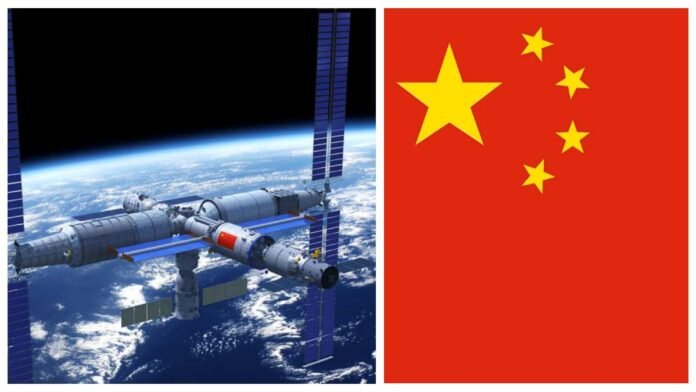
Beijing: Right now, for the space activities in the world, the eyes of the people were mainly on the American space agency NASA. But now we can expect the same from China. In the last few years, China’s activity in the field of space has increased very rapidly. His rover is working on Mars. Work is going on rapidly on its International Space Station. Now the Chinese Academy of Science is preparing for a new and big expedition for further study of the Sun, Moon, Earth, and extraterrestrials.
At least five campaigns
13 have been selected from a list of proposed missions in the fields of space astronomy, astrophysics, extraterrestrial, heliophysics, and planetary and earth sciences. According to Space News, out of these 13 proposals, CAS can give a green signal to at least five missions that will be part of its Strategic Priority Program (SPP III).
From 2026 to 2030
According to the study published in the Chinese Journal of Space Science, future space science development requires emergency top-level planning to clear goals and investment portfolios to be completed from 2025 to 2030. It is expected to continue to strengthen the already running campaigns with these new campaigns.
On what basis will the selection be made
The selection of these campaigns and their preliminary list is expected to be ready by the end of this year. These campaigns will be launched under China’s 15th Five-Year Plan from 2026 to 2030 according to budgetary provisions, technical capabilities, etc. Along with this, research on long plans for the next few decades will also continue.

Astronomy proposals
Three proposals have been selected under Space Astronomy and Astrophysics. It will have a powerful X-ray observatory for space observations under the Enhanced X-ray Timing and Polarimetry (eXTP) campaign. Dark Particle Explorer-2 will conduct special research on dark matter.
For the moon and the earth
The third mission in this category will be Discovering the Sky at the Longest Wavelength (DSL) which will send 10 small satellites into the orbit of the Moon. While China will work on its orbital, Habitable Exoplanet Survey (CHES) field, the Earth 2.0 (ET) missions will aim to study 100 Sun-like stars that are 33 light-years away from Earth.
Special mission to the sun
Chinese scientists have proposed some expeditions to the Sun keeping in mind heliophysics. In these, the Solar Ring (SOR) will study the Sun and the inner heliosphere. The Solar Polar Orbit Observatory (SPO) will study the Sun’s poles. The Chinese Heliospheric Interstellar Medium Explorer (CHIME) mission will make the first measurements of extrasolar gas and dust.





















































